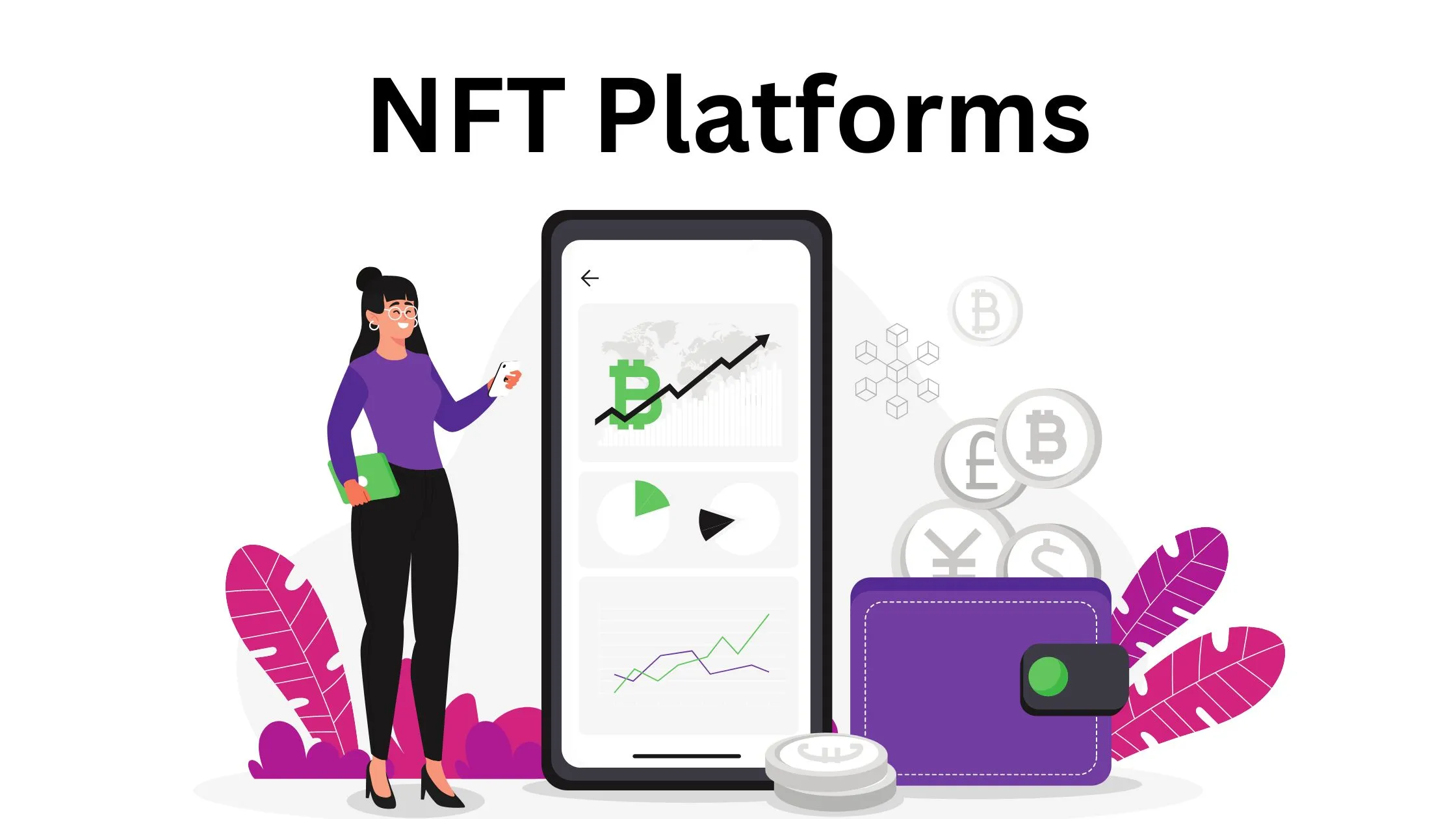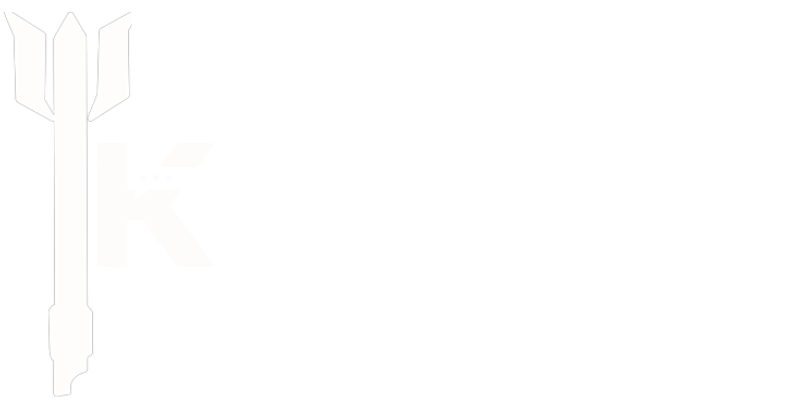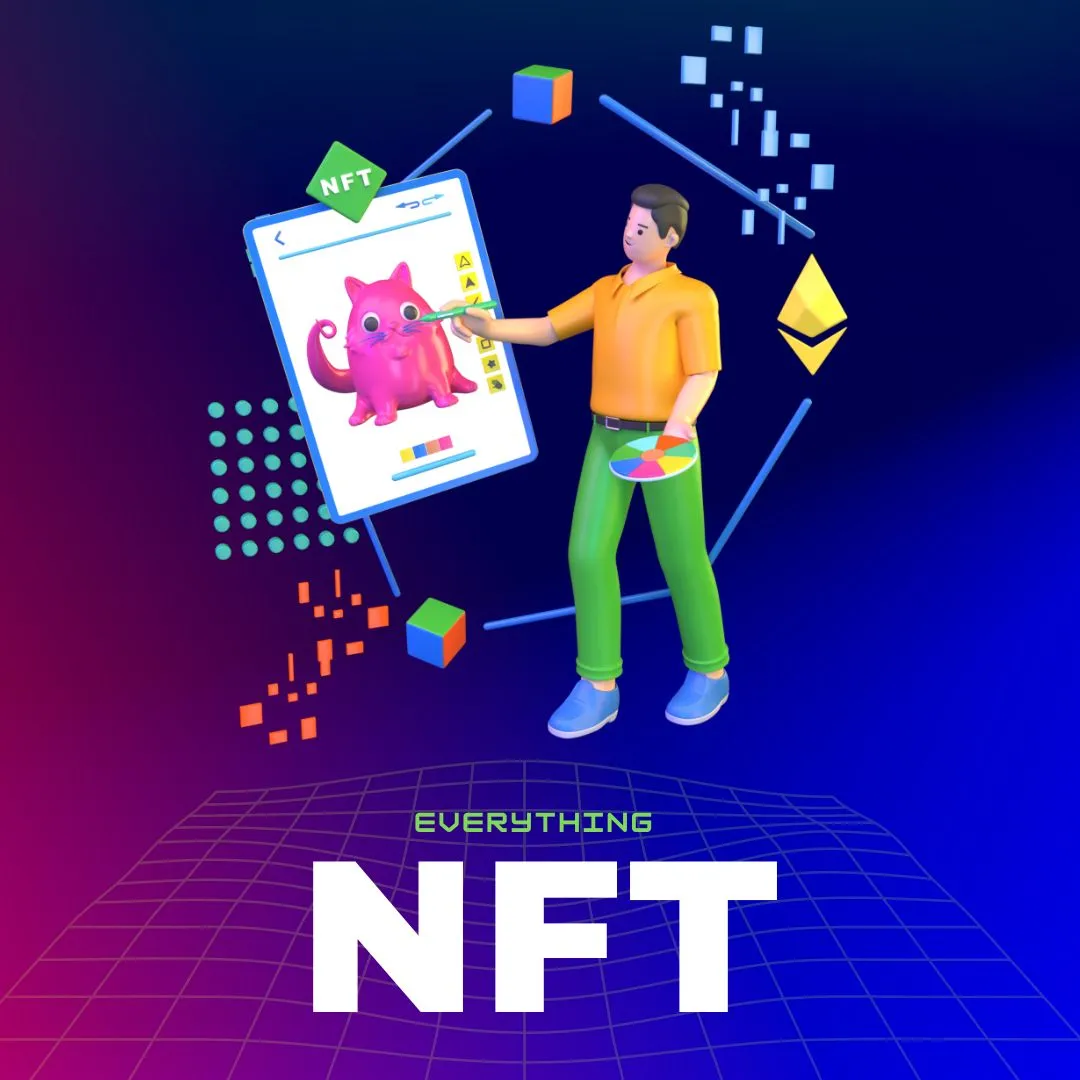
7 Top NFT Platforms in 2023: Your Ultimate Guide
7 Top NFT Platforms in 2023: Your Ultimate Guide
Greetings from the fascinating world of NFTs! NFTs, or non-fungible tokens, have made waves in the digital space over the past few years, and 2023 is expected to be a significant year for the sector. As creators, artists, and collectors increasingly see the potential of NFTs, a number of platforms have appeared to make it easier to acquire, sell, and trade these distinctive digital assets.We’ll be looking more closely at seven of the top NFT platforms in this article that you should be watching in 2023. This book will provide you the knowledge you need to begin going, whether you’re an experienced collector hunting for the next big thing or a novice to the world of NFTs.We’ll examine the capabilities and advantages of each platform, as well as any potential drawbacks, ranging from marketplaces that specialise in art and collectibles to systems that let creators tokenize their work. Let’s get started and learn about the best NFT platforms of 2023 now.
7 top NFT platforms in 2023 :-
- Features of the platform: Each NFT platform has an own set of features, including simplicity of use, transaction costs, and the capacity to tokenize various asset classes. While choosing a platform, it’s critical to take your priorities into account.
- User base: An NFT platform’s popularity and success can be significantly influenced by the size and make-up of its user population. While some platforms might target a particular community or niche, others might offer a more varied user base.
- Token standards: Several NFT platforms might make use of tokens that follow different standards, like ERC-721 or ERC-1155. It’s crucial to comprehend these criteria and how they affect how NFTs are used and transferred.
- Security and authenticity are top priorities for NFT creators and collectors, just like they are with any digital asset. To make sure that the NFTs you buy and sell are authentic, search for platforms that have strong security measures and verification procedures.
- Platforms for creation vs. marketplaces: Some NFT platforms are mainly concerned with offering a market place for buying and selling NFTs, while others also enable creators to tokenize their own work with ease. You might favour one kind of platform over the other depending on your objectives and interests.
- Community and social elements: A lot of NFT platforms provide community and social features that let users connect with and work with people who have similar interests. These functions may improve the platform’s value and promote a sense of community among users.
- Last but not least, it’s critical to take an NFT platform’s long-term viability into account. While some platforms may be well-liked right now, it’s impossible to tell which ones will remain successful in the future. Take into account each platform’s background, track record, and any recently stated goals or developments.
A digital marketplace or platform known as an NFT platform enables users to purchase, sell, and trade non-fungible tokens (NFTs). The creation, distribution, and maintenance of NFTs are often supported by a wide range of features and services provided by these platforms.
Some popular NFT platforms in 2023 include OpenSea, Rarible, SuperRare, Foundation, KnownOrigin, Mintable, and Async Art.
Choosing the right NFT platform depends on your goals and interests. Consider factors such as platform features, user base, token standards, security and authenticity, marketplaces vs. creation platforms, community and social features, and long-term viability when selecting a platform.
The types of assets that can be tokenized on an NFT platform vary depending on the platform. Some platforms specialize in specific types of assets, such as art, music, or gaming items, while others are more general-purpose. Generally, any digital asset that can be uniquely identified and tracked can be tokenized as an NFT.
The process for creating an NFT varies depending on the platform you choose. Many NFT platforms offer tools and templates to help creators create and mint their own NFTs. You’ll typically need to provide some basic information about the asset you’re tokenizing, such as a description, image or video, and the token supply.
While NFT platforms offer many benefits for creators, collectors, and traders, there are also some potential drawbacks to consider. These can include high transaction fees, a lack of regulation and oversight, and concerns around the environmental impact of blockchain-based systems. It’s important to do your research and consider these factors before getting involved in the NFT space.
The 7 major NFT platforms in 2023 have strengths and cons:
Pros:
- There are many platforms to choose from, and they all have different features and advantages.
the capacity to tokenize a variety of assets, including works of art, music, and gaming items. - the potential for creators to make money through the sale of their NFTs, opening up a new source of income for musicians, artists, and other creators.
a global marketplace where NFTs can be purchased, sold, and traded, bringing together buyers and sellers from around the world. - The potential for NFTs to appreciate in value over time, offering investors the chance to profit.
- Blockchain-based systems’ transparency and immutability can help guarantee the ownership and authenticity of NFTs.
using NFT platforms, one can create and interact with a community of like-minded creators, collectors, and traders.
Cons:
- High transaction costs can make buying and selling NFTs on some platforms prohibitively expensive.
- Lack of control and regulation, which can make it challenging to guarantee the reliability and validity of NFTs.
- There are questions about how blockchain-based systems may affect the environment because these processes might consume a lot of energy.
- The potential for NFT prices to be extremely volatile, making it challenging to forecast an investment’s long-term worth.
- Lack of widespread acceptance and comprehension, which can make it challenging for producers and collectors to spread the word about their NFTs to a larger audience.
- The possibility for NFTs to be utilised for immoral or criminal activities like piracy or money laundering.
the likelihood of platform-specific dangers, including fraud or hacking, which could affect the security and safety of NFTs and their producers.
Conclusion
Finally, NFT platforms have become a major player in the field of digital art and collectibles. These platforms offer collectors a distinctive method to invest in digital assets as well as a new source of income for creators. There are a number of leading NFT systems available in 2023, each with special characteristics and advantages. For creators and collectors interested in entering the NFT space, OpenSea, Rarible, SuperRare, Foundation, KnownOrigin, Mintable, and Async Art are all excellent choices.Yet, it’s necessary to take into account any potential disadvantages of utilising NFT platforms. There are a number of things to take into account, including high transaction costs, a lack of regulation and monitoring, and worries about how blockchain-based systems may affect the environment. NFT values’ potential for extreme volatility as well as platform-specific dangers like fraud and hacking should also be considered.Your objectives and interests will ultimately determine if you want to use an NFT platform. You can choose the NFT platform that is best for you by investigating each one’s features, token standards, security and authenticity, community and social features, and more.

